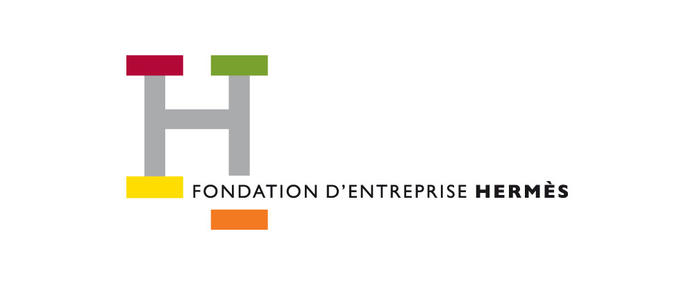Biodiversity, which forms the basis of the services that ecosystems provide to humanity, is undergoing an alarming rate of erosion that has led some experts to talk of the Earth’s sixth mass extinction. Biodiversity loss is closely linked to human activity and the effects of growth and economic development. The extraction of renewable and non-renewable resources, energy and industrial activity, and the expansion of urbanization and agriculture are all sectors of the economy that have an impact on biodiversity.
At the heart of growth and economic development, innovation plays a central role. Indeed, it theoretically enables the growth of productivity gains, lower production costs, increased safety and quality, greater efficiency of resource use and also the creation of new markets.
However, what are the effects of innovation on biodiversity? Is there a risk that it can exacerbate current degradation trends or does it enable such trends to be attenuated? While innovation may be a potential solution to the current decline in biodiversity, it may also put it at greater risk, whether the consequences have already emerged or not. Risks and benefits of innovation for biodiversity are thus the subject of debate, both in the field of research as well as in civil society.
This conference aims to review and assess the possibilities and limitations of new technologies and more generally of innovation as a support for biodiversity conservation. What risks do innovations pose to biodiversity? What are their contributions to the mitigation of the negative impacts on biodiversity? Can we control or channel innovation so that there is synergy, rather than conflict, to enable Earth’s biological diversity to be maintained?
Agenda of the day
- Opening and Introduction Session
- First Session - Technological innovation: towards a better management of ecosystems?
- Round Table - Agricultural innovation: what impact on biodiversity conservation?
- Second Session - Innovative ecological restoration: science and techniques at the service of ecosystems
- Conclusion – Areas for consideration for the orientation of innovation to promote biodiversity
With: Luc Abbadie (MNHN), Émilie Babut (French Ministry of Ecology, Sustainable Development and Energy – MEDDE), Renald Boulnois (Biotope), Sandra Brooke (Florida State University), Francis Chauveau (Hermès International) Damien Demailly (IDDRI), Crystal Davis (World Resources Institute), Émile Frison (Bioversity International), David Higgins (Interpol), Renaud Lapeyre (IDDRI), François Meienberg (Berne Declaration), Macy Merriman (DuPont Pioneer), Bruno Racine (BnF), Julien Rochette (IDDRI), John Tanzer (WWF International), Frédéric Thomas (IRD), Sébastien Treyer (IDDRI), Catherine Tsekenis (Fondation d'entreprise Hermès).
Material
Issue Brief October 2014 Read also Saving biodiversity: is innovation the cure?Speakers' presentations
Biodiversity: is innovation the cure? - S. Brooke [PDF- 3,8 Mo]
Better forest information. Better forest management - C. Davis [PDF- 7,5 Mo]
Marine conservation to support Food security and Livelihoods - J. Tanzer [PDF- 1,9 Mo]
L'innovation au secours de la biodiversité - E. Balbut [PDF- 1,2 Mo]
L'innovation au secours de la biodiversité - R. Boulnois [PDF- 16,2 Mo]
Innovation et efficacité dans la restauration écologique - L. Abbadie [PDF- 1 Mo]
The series of conferences on biodiversity and ecosystems organised by IDDRI and the Fondation d' entreprise Hermès aims to contribute to making biodiversity a real issue for society, by opening up debates beyond purely expert circles.
It was launched with an inaugural conference on 16 February 2010 at the musée du quai Branly (Paris) entitled "Biodiversity 2010 and beyond? ».





